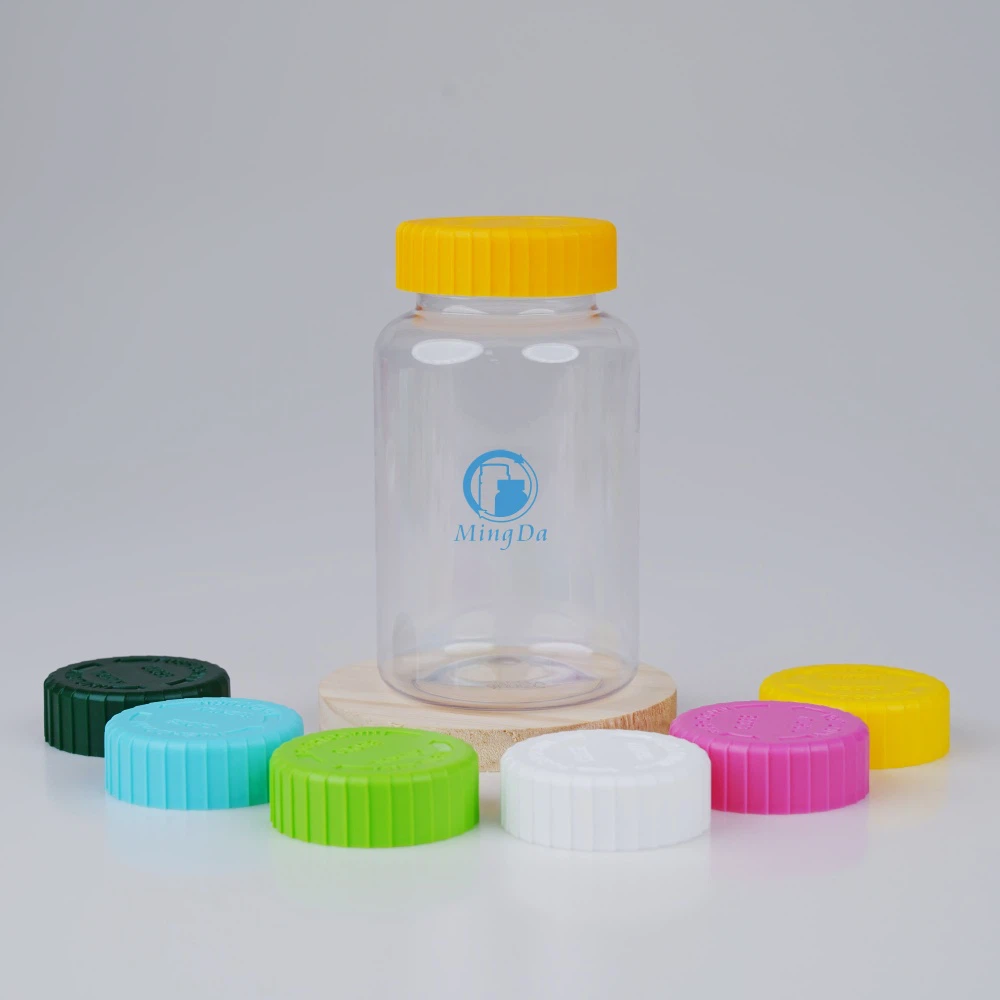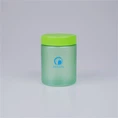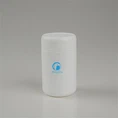PET (Polyethylene Terephthalate) bottles are widely used in the packaging of food, beverages, and health supplements due to their clear appearance, lightweight structure, pressure resistance, and cost-effectiveness. However, one important limitation of PET material is its low heat resistance, which restricts its use in certain high-temperature conditions.
What is the applicable temperature for PET bottles?
Typically, PET bottles perform well at temperatures below 50°C (122°F). When exposed to higher temperatures for extended periods, there is a possibility that the bottle may begin to soften, warp, or lose some of its structural integrity. While short-term exposure may not always cause visible changes, repeated or prolonged high-temperature conditions can increase the risk of deformation or material degradation.
Situations that may elevate this risk include:
- Prolonged exposure in hot environments, such as inside cars during summer
- Hot-filling processes involving liquids at elevated temperatures
- Use in microwaves or with hot water immersion

Summary
PET bottles offer excellent transparency and structural strength under normal conditions, but they are not designed for use in high-temperature environments. Understanding the material's limitations and selecting the right type of packaging is essential to maintaining product quality and ensuring consumer safety.
















